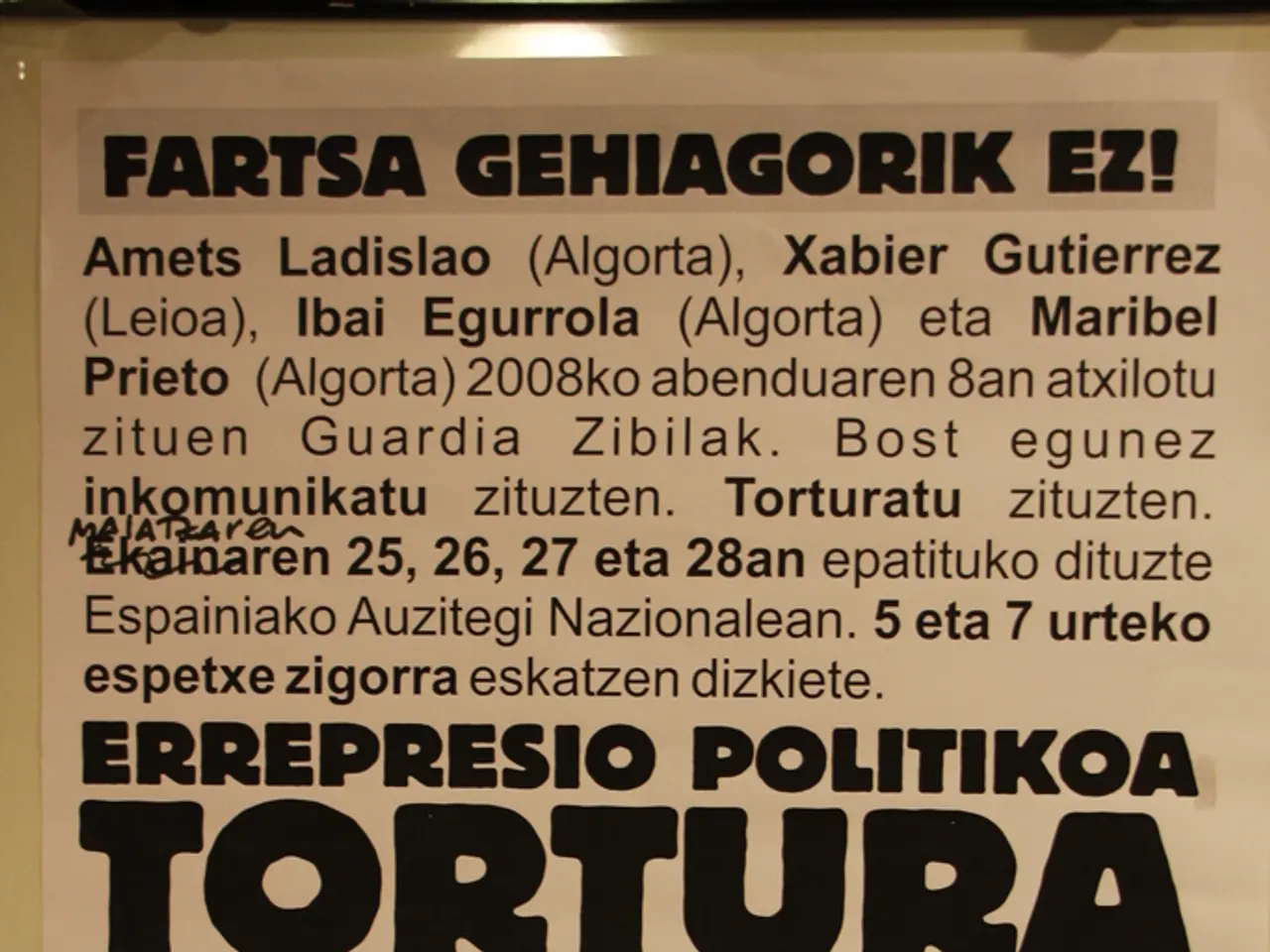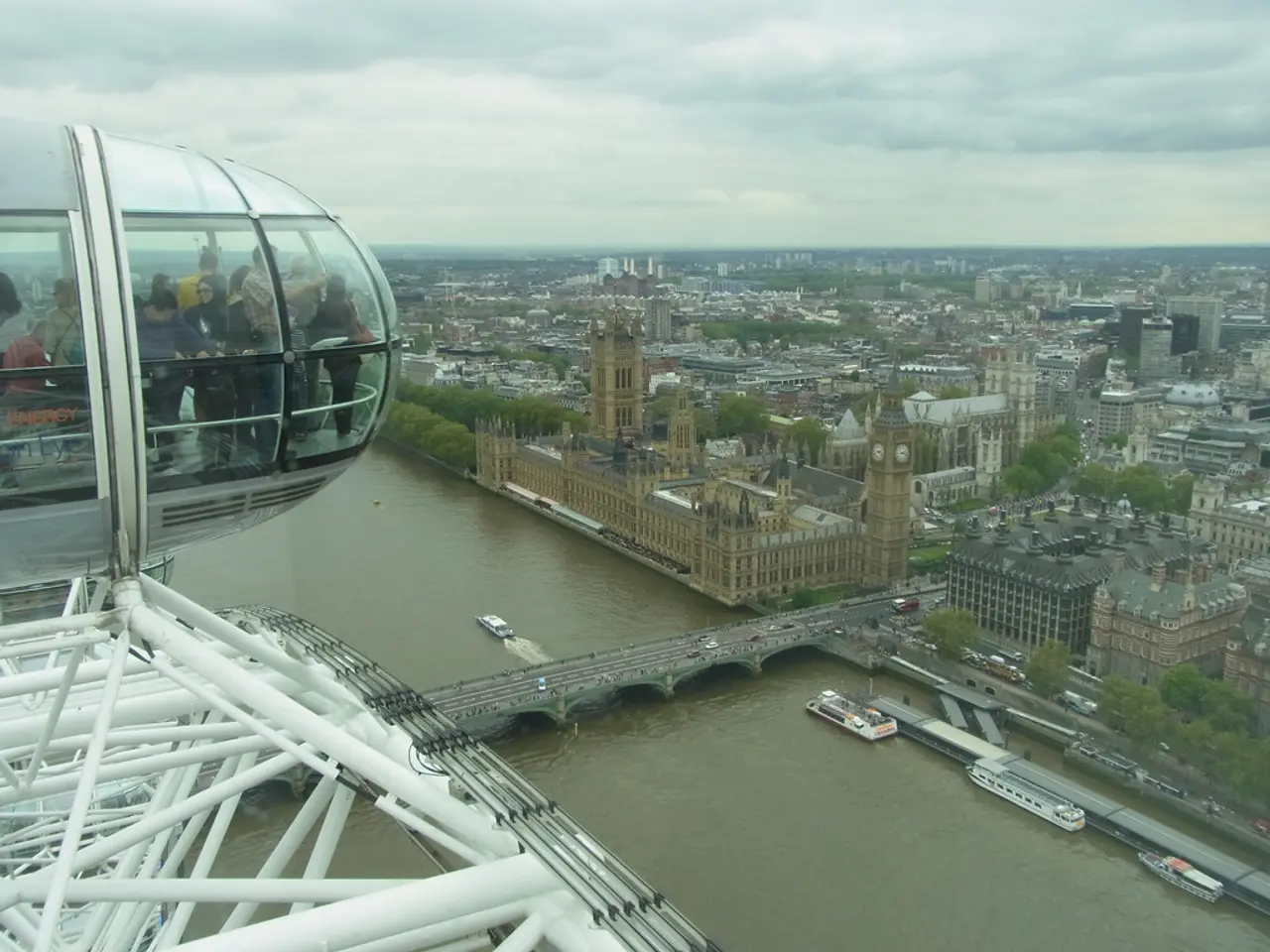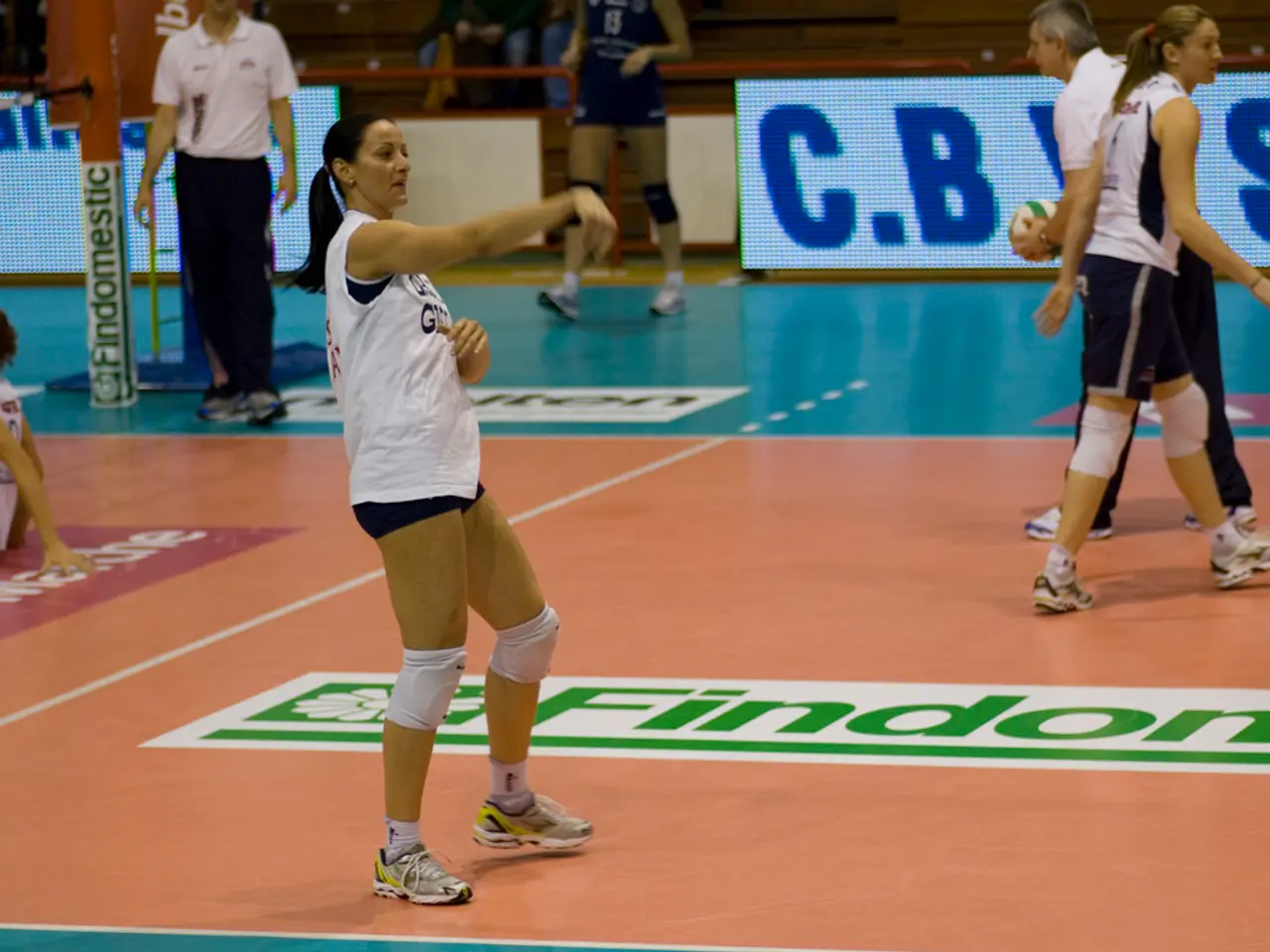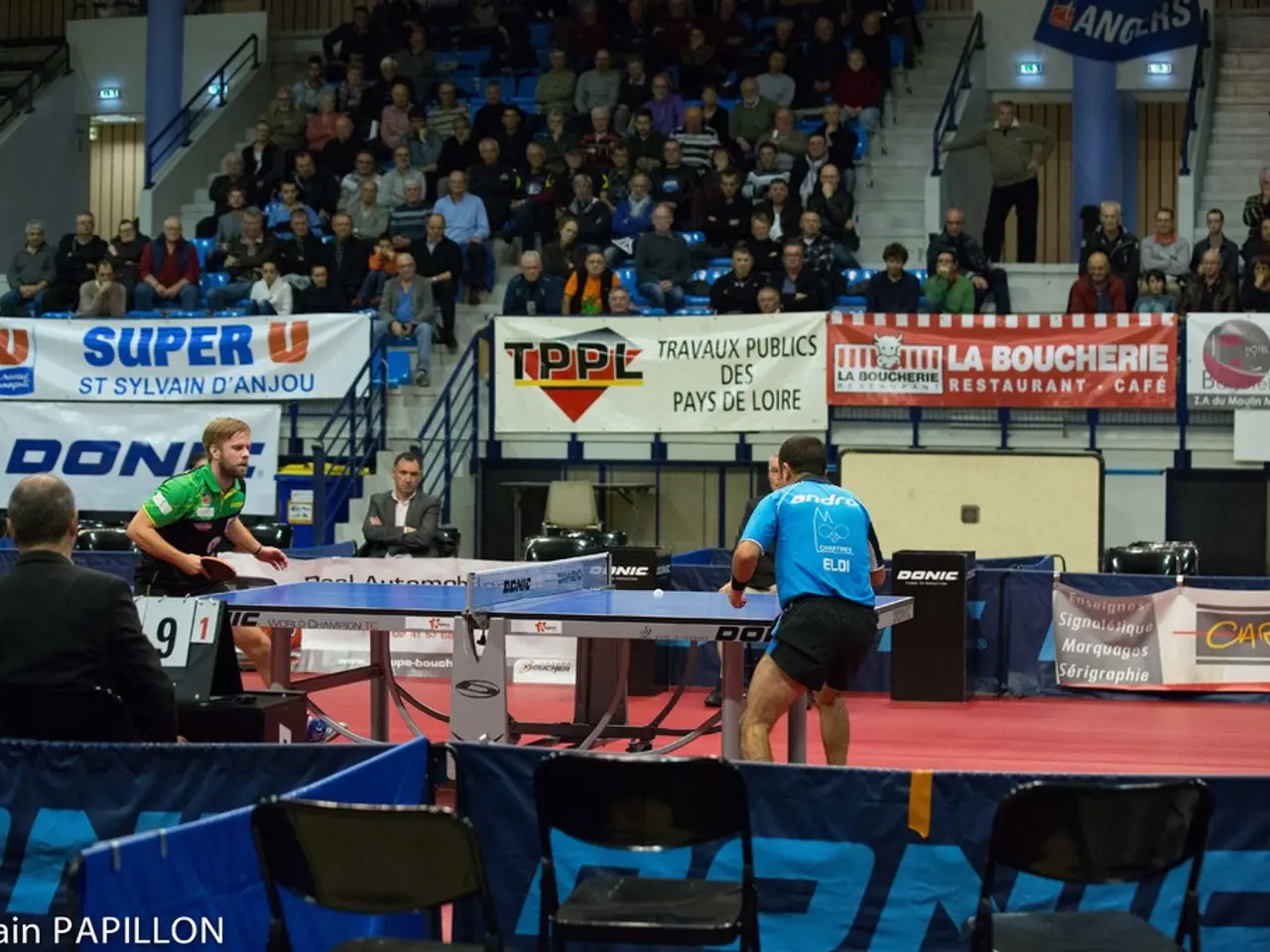Intensified Aggression in Ukraine: Russia Significantly Increased Missile Attacks within Ukraine from January to June
The conflict between Russia and Ukraine, which began in 2014, has continued with sustained intensity throughout 2025. The most recent escalation in hostilities has been marked by a significant increase in aerial drone and missile attacks on Ukrainian cities, as well as a grinding summer offensive in eastern Ukraine.
Russia's aggressive tactics have been particularly evident in the northeastern Sumy and eastern Donetsk Oblast regions, where the Russian army has been targeting key defensive hubs such as Pokrovsk and Kostyantynivka. The most devastating attack so far took place on the night from Wednesday to Thursday, when an attack on Kiev killed 31 civilians, making it one of the worst attacks against the capital in more than three years of war.
In terms of aerial conflict, Russia has surged dramatically in drone production and technological sophistication, overwhelming Ukraine’s air defenses with massive bombardments. The massive July 4, 2025, bombardment of Kyiv was reportedly the largest air assault of the entire war, coming soon after an unsuccessful telephone call between US President Donald Trump and Russian President Vladimir Putin, suggesting the attack was at least partly intended as a show of defiance by Russia.
Russia now deploys more drones and upgraded models, enabling frequent and large-scale strikes that also terrorize civilians. This shift in the drone war marks a reversal from earlier years when Ukraine’s tech sector gave it an edge.
Politically, Putin remains adamant about Russia’s territorial claims, demanding full control over the Luhansk, Donetsk, Zaporizhia, and Kherson oblasts before considering peace. Kremlin sources report that Putin believes Russia is winning, doubts sanctions can significantly harm Russia, and prioritizes war aims over improving relations with the US or responding to offers from figures such as Trump.
Reportedly, in March 2025, Trump offered to lift all US sanctions and recognize Russian control over occupied Ukrainian territories in exchange for peace. Putin rejected this offer, viewing the war aims as taking precedence over such diplomacy despite some efforts at talks, like the Ukraine-Russia Istanbul negotiations that lacked real progress.
On the Ukrainian side, Kyiv appeals to Trump and Western partners for more military aid amid mounting pressure from Russia’s intensifying offensive and drone attacks. Meanwhile, Ukraine is undertaking its largest defensive construction efforts to counteract Russian advances. Internal challenges, including protests over anti-corruption efforts and military manpower strains, complicate Ukraine’s resilience.
In response to inflammatory comments from former Russian President Dmitri Medvedev, Donald Trump has ordered the deployment of two nuclear submarines. The Kremlin also wants Kiev to renounce the delivery of Western arms and any adhesion to NATO, conditions unacceptable for Kiev.
The data analyzed by AFP on Friday, August 1, was based on figures provided by Kiev. Between January and June, Russia tripled the number of missiles sent to Ukraine, with the number of missiles sent increasing from 77 in January to 239 by June. The Russian army intercepted a total of 112 drones fired by Ukraine during the same night.
Despite the ongoing conflict, Vladimir Putin expressed a desire for a "lasting peace" in Ukraine while maintaining that the peace conditions proposed by Moscow, including the annexation of five Ukrainian regions, remain unchanged. Kiev wants the withdrawal of Russian troops and Western security guarantees, including the continuation of arms deliveries and the deployment of a European contingent, to which Russia opposes.
In summary, the conflict in 2025 is marked by Russia’s persistent military pressure through ground offensives and overwhelming drone warfare, Putin’s firm stance on territorial objectives despite diplomatic overtures including from Trump, and Ukraine’s continuous but strained efforts to defend itself while seeking more Western support.
- The ongoing social conflict between Russia and Ukraine, exacerbated by war-and-conflicts, has led to a surge in policy-and-legislation regarding military aid and international intervention, as evident inDonald Trump's negotiations with Kiev and the Kremlin.
- The escalating use of aerial drone and missile attacks by Russia, coupled with their expansion in drone production and technological sophistication, has not only resulted in general-news headlines about increased hostilities but also poses a threat to civilian populations in eastern Ukraine, such as in the Sumy and Donetsk Oblast regions.








